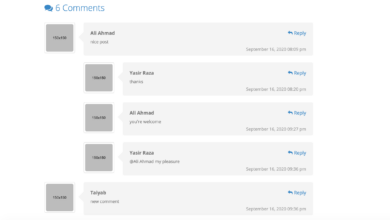Webentwicklung
So beheben Sie den CORS-Fehler in Socket IO NodeJS

[ad_1]

In diesem kurzen Tutorial zeige ich Ihnen, wie Sie CORS-Fehler im Socket-IO in NodeJS beheben können.
Zunächst müssen Sie die Socket-IO-Importanweisung wie folgt verwenden:
const socketIO = require("socket.io")(http, {
cors: {
origin: "*"
}
})
Anschließend können Sie mit Ihrer Express-App-Instanz die folgenden Header festlegen.
// Add headers before the routes are defined
app.use(function (req, res, next) {
// Website you wish to allow to connect
res.setHeader("Access-Control-Allow-Origin", "*")
// Request methods you wish to allow
res.setHeader("Access-Control-Allow-Methods", "GET, POST, OPTIONS, PUT, PATCH, DELETE")
// Request headers you wish to allow
res.setHeader("Access-Control-Allow-Headers", "X-Requested-With,content-type,Authorization")
// Set to true if you need the website to include cookies in the requests sent
// to the API (e.g. in case you use sessions)
res.setHeader("Access-Control-Allow-Credentials", true)
// Pass to next layer of middleware
next()
})






